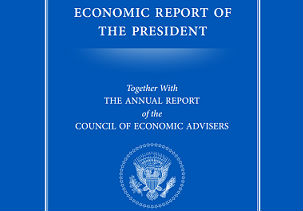Playing Moneyball Through Budget Priorities

President Obama’s Fiscal Year 2015 budget continues an historic level of investment in evaluation. Building on his Administration’s previous efforts using data and evidence, and upon efforts made by President George W. Bush, this budget boosts the use of data and evidence to improve outcomes. The budget calls for:
- Comprehensive program evaluations at the U.S. Departments of Education and Labor through evaluation set-aside authorities (0.5% of ESEA funds except Titles I and III at Education and 1.0% of all major program funds at Labor);
- Nearly $400 million for federal innovation funds, including the Social Innovation Fund and i3, that support results-driven solutions;
- Up to $382 million for Pay for Success efforts, which gives the federal government a tool to pay only when specific outcomes are achieved;
- Expanded Performance Partnership Pilots to allow five federal departments to more effectively serve disconnected youth while vigorously measuring and tracking cross-program outcomes; and
- An unprecedented number of pilot programs and demonstrations to help determine which strategies lead to better results for taxpayer investments.
The President’s budget also includes an Analytical Perspectives chapter which details the Administration’s commitment to evidence, evaluation, data and innovation in order to improve outcomes for communities.
“By rigorously testing which programs and interventions are most effective at achieving important goals, the government can improve its programs, scaling up the approaches that work best and modifying or discontinuing those that are less effective.” – Council of Economic Advisers, March 2014.
In addition to the budget, the 2014 Economic Report of the President, written by the President’s Council of Economic Advisers, has an increased focus on evaluation. Chapter seven, Evaluation as a Tool for Improving Federal Programs, describes the Administration’s approach to determining what works and applies that knowledge to budget decisions.


